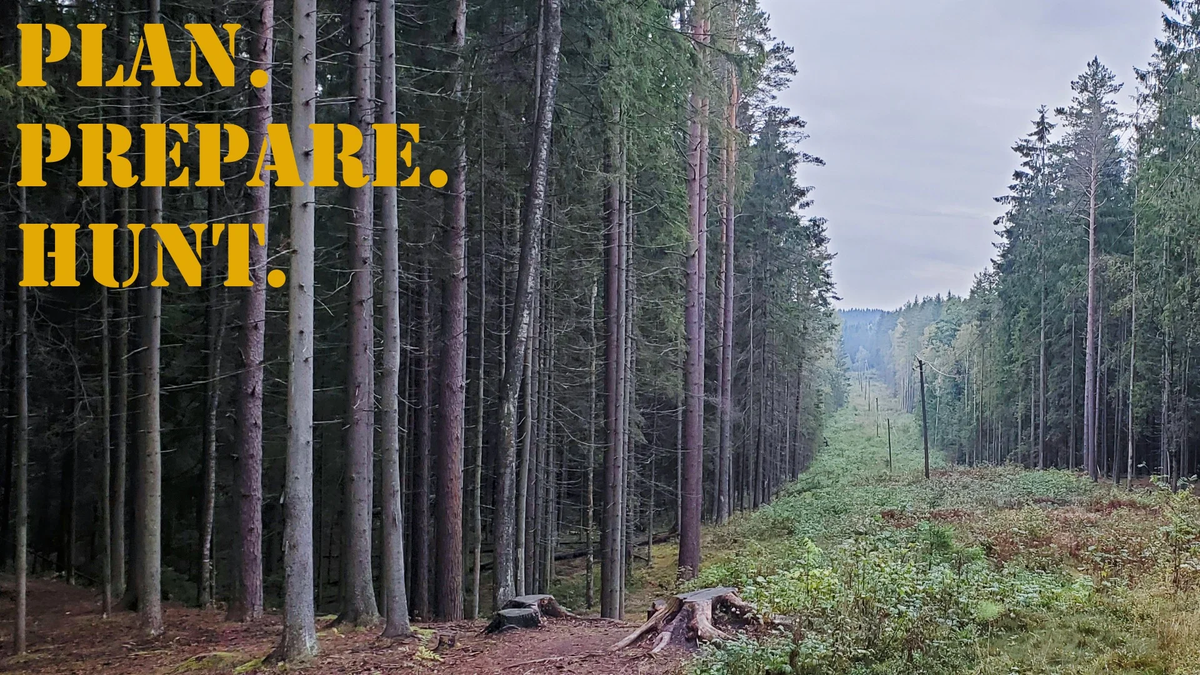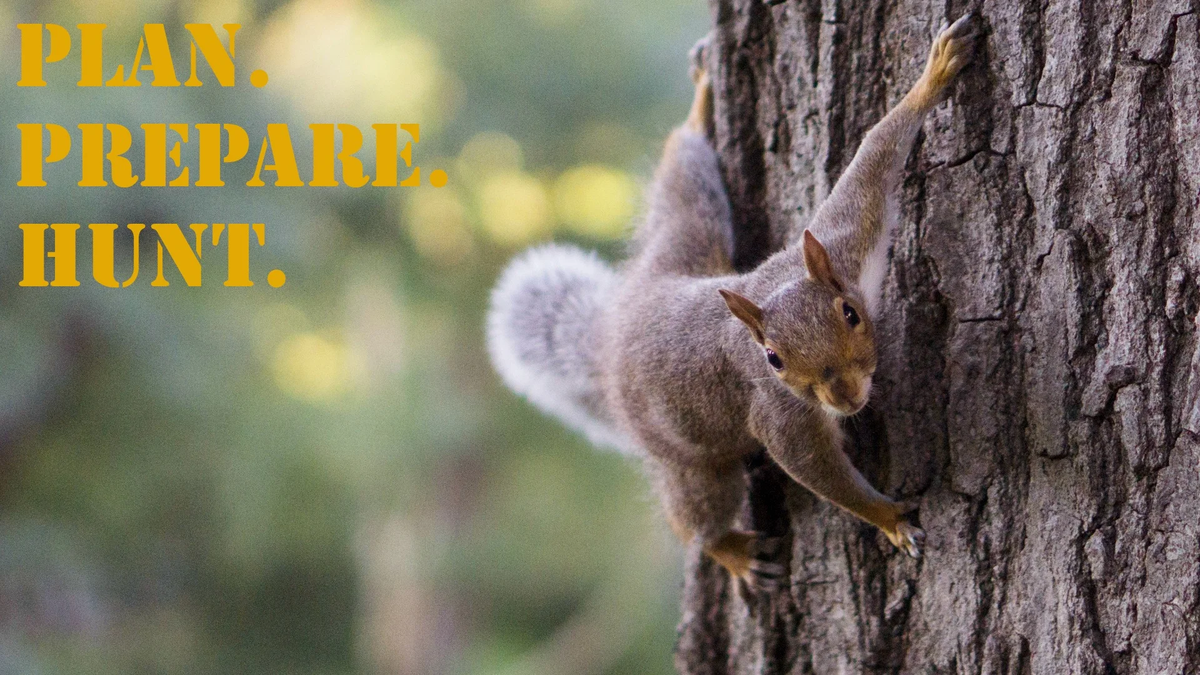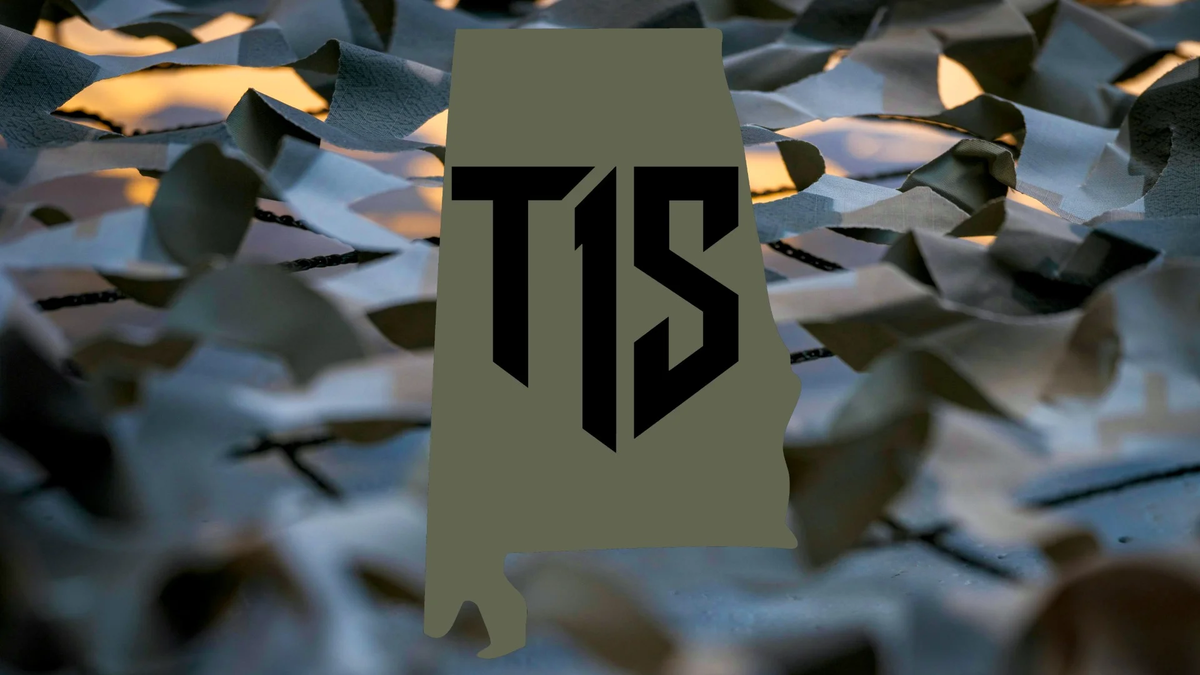From coastal marshes on Mobile Bay to cypress‐tupelo swamps along the Tennessee River, the Alabama Department of Conservation and Natural Resources (ADCNR) conserves and manages The Heart of Dixie’s parks, public lands, wildlife and aquatic resources powering world-class hunting, fishing, boating and wildlife-viewing experiences. Funded almost entirely by license and tag sales, boat registrations, oil & gas royalties and park fees (with federal matching grants), ADCNR blends science-based management, on-the-ground habitat work, vigilant enforcement and dynamic education to ensure Alabama’s natural heritage thrives for generations.
Agency Overview
Core Mission & Scope
ADCNR’s mission is “to promote statewide stewardship and enjoyment of Alabama’s natural resources and to ensure that future generations are able to enjoy these resources”. As trustee under Amendment 35 and state statute, ADCNR:
Issues and enforces all hunting, fishing, trapping, and boating licenses and tags over 350,000 hunting and fishing licenses and 150,000 boat registrations each year, funding core programs without general-fund support.
Manages 22 state parks, 23 public fishing lakes, 3 freshwater hatcheries, 34 wildlife management areas, 2 waterfowl refuges, 2 wildlife sanctuaries, and a 35-pond mariculture center, plus 645,000 acres of state trust lands for parks, wildlife, and conservation under the Forever Wild Land Trust.
Oversees 23 marine fisheries and enforcement sites, including the Dauphin Island Marine Laboratories and a network of public boat ramps on Mobile Bay and the Gulf Coast.
Partners with private landowners on Forever Wild acquisitions (248,000+ acres secured since 1992) and administers the Alabama Trust Fund, drawing oil & gas royalties into conservation, parks, and habitat projects.
Delivers outdoor education through the Outdoor Alabama magazine (70-year history), weekly fishing reports, four residential Conservation Education Centers, and “Cast & Learn” family-fishing clinics.
History & The Future
- 1867:
- Alabama’s first hunting and fishing regulations appear restrictions on spring deer kills and ( $15 fines per animal) curb market hunting.
- 1891–1907:
- State Oyster Inspector and Game & Fish Commission precursor offices form; 1907 bill creates the Department of Game and Fish and appoints its first commissioner, John Wallace of Madison County.
- 1915:
- Consolidation of fish, wildlife and game agencies under the Department of Game and Fish.
- 1919:
- Agency renamed Alabama Department of Conservation.
- 1971:
- Legislature expands scope and renames the agency ADCNR to reflect parks, lands, wildlife and historic resources management across four operating divisions.
- 1992 & 2012:
- Voter-approved Forever Wild Land Trust amendments channel up to $15 million annually into permanent land conservation over 248,000 acres secured to date.
- 2013:
- ADCNR’s Marine Police merge into the Alabama Law Enforcement Agency; ADCNR focuses on resource management and enforcement via its Wildlife and Freshwater Fisheries Division.
- 2015:
- Amendment to ban lead ammunition on WMAs goes into effect, lowering toxicosis risk in waterfowl and raptors.
- 2025:
- ADCNR launches its 2025–2030 Strategic Vision integrating GoOutdoors AL digital licensing and harvest reporting, expanding eDNA invasive-species surveys to 200+ waters, scaling AI-driven habitat-suitability models and rolling out urban archery-hunt pilots.
- ADCNR launches its 2025–2030 Strategic Vision integrating GoOutdoors AL digital licensing and harvest reporting, expanding eDNA invasive-species surveys to 200+ waters, scaling AI-driven habitat-suitability models and rolling out urban archery-hunt pilots.

Philosophy & Mission
Official Mission Statement
“To promote statewide stewardship and enjoyment of Alabama’s natural resources and to ensure that future generations are able to enjoy these resources”.
Core Values & Guiding Principles
- Public-Trust Stewardship:
- Wildlife and lands belong to all Alabamians; ADCNR holds open Conservation Advisory Board meetings and publishes annual performance dashboards to uphold transparency and accountability.
- Science-Based Management:
- Rigorous game and fish population surveys, telemetry studies and habitat assessments inform season frameworks, stocking rates and restoration priorities.
- Customer Focus:
- “Free Fishing Days,” youth apprentice-hunt permits, “Cast & Learn” clinics and four statewide Conservation Education Centers lower barriers for first-time hunters and anglers.
- Collaboration:
- Partnerships with USFWS, NOAA, NRCS, The Nature Conservancy, Fish and Wildlife Foundation of Alabama, universities and private landowners amplify impact across 2 million+ acres of public and private lands.
- Integrity & Enforcement:
- ADCNR’s Wildlife Officers enforce regulations impartially, lead Operation Game Thief anti-poaching initiatives and coordinate multi agency search-and-rescue missions.
- Education & Outreach:
- Outdoor Alabama magazine (est. 1929) and digital platforms engage 100,000+ subscribers in conservation issues, fish and wildlife news, and outdoor-skills training.
Administration & Divisions
The Governance Structure is based on a ten-member Conservation Advisory Board appointed by the Governor to alternating six-year terms, with ex-officio seats for the Governor, Agriculture Commissioner and Cooperative Extension Director advises the Commissioner, sets policy and reviews rules under Amendment 35 authority.
Workforce & Field Network
- Authorized Positions:
- Over 600 full-time staff plus 150 seasonal technicians (hatcheries, habitat projects, outreach).
- Enforcement:
- 147+/- sworn Wildlife Officers patrol four enforcement regions, supported by K-9 units, boats and ATVs.
- Regional Offices:
- Headquarters in Montgomery; eight regional offices from Calico Rock (NE) to Mobile (SW).
Operating Divisions & Support Sections
- Marine Resources:
- Research, stock enhancement and enforcement of saltwater fisheries; mariculture center and coastal permits.
- State Lands:
- Manages 645,000 acres of trust lands, waterways and Forever Wild properties; law-enforcement authority on state lands.
- State Parks:
- Operates 22 state parks with 2 million+ annual visitors facilities include lodges, cabins, campgrounds, trails, boat ramps and interpretive centers.
- Wildlife & Freshwater Fisheries:
- Sets seasons, bag limits and harvest frameworks; operates three hatcheries and community trout-stocking nurseries; leads nongame species research.
- Support Sections:
- Accounting; Recruiting; Engineering; Information & Education; Information Technology; Legal; Personnel & Payroll.
- Accounting; Recruiting; Engineering; Information & Education; Information Technology; Legal; Personnel & Payroll.
Check out the ADCNR YouTube!
Regulated Resources & General Rules
ADCNR issues and enforces fish and wildlife rules under Amendment 35, Title 9, Code of Alabama and annual commission proclamations.
Popular Pursuits & Species
- White-Tailed Deer:
- Archery, modern rifle, muzzleloader, and youth seasons; antler point restrictions refine harvest quality.
- Wild Turkey:
- Spring gobbler and fall archery tags via preference point draw; youth-mentor permits introduce 4,000+ novices.
- Trout Fishing:
- Three hatcheries and urban nurseries supply 300,000+ fish annually; Free Fishing Days clinics at 25 ponds welcome 12,000+ first-timers.
- Largemouth Bass & Panfish:
- Bass tournaments on Lake Guntersville and Wheeler Lake; catfish stockings through the Family & Community Fishing Program (20,000 lbs. in 2025).
- Waterfowl:
- Duck and goose seasons are managed under Atlantic Flyway regulations; mandatory Harvest Information Program (HIP) registration for all waterfowl hunters.
- Furbearer Trapping:
- Beaver, raccoon, mink, bobcat and nutria seasons; trapper-education certification ensures humane, professional conduct.
- Boating & Aquatic Invasives:
- 50,000+ boat registrations; certified boating-safety courses; “Clean Boats, Clean Waters” ramp inspections minimize zebra/quagga mussel spread.
Highlighted Programs & Regulations
- Free Fishing Days:
- Two license-free weekends (spring/fall) draw 12,000+ new anglers to public waters.
- Youth Apprentice-Hunt Permits:
- Fee-waived, mentored deer, turkey and waterfowl hunts for under 16 participants no hunter-education card required for first hunts.
- Digital Game Check:
- Mandatory online deer/turkey reporting within 72 hours via AGFC’s mobile portal streamlining harvest data for adaptive management.
- Special-Use Permits:
- Regulate bass derbies, field trial competitions and community events on WMAs to ensure resource protection and public safety.
- Regulate bass derbies, field trial competitions and community events on WMAs to ensure resource protection and public safety.
Conservation Efforts & Programs
Flagship Success Stories
- Black Bear Recovery:
- From extirpation in the mid-1800s to 3,500+ bears today, habitat-connectivity grants and public-land protections on the Appalachians and coastal plain have spurred one of the fastest bear recoveries in the Southeast.
- Gopher Tortoise Resilience:
- Long‐term monitoring and sandhill habitat restorations funded by State Lands and Wildlife & Freshwater Fisheries have stabilized isolated populations and enabled safe relocations for development projects.
- Delta Freshwater Mussel Revival:
- Partnership with USFWS and U.S. Geological Survey restored mussel beds on the Black Warrior River boosting water-quality filtration and biodiversity in Alabama’s aquatic ecosystems.
High-Priority Initiatives
- State Wildlife Action Plan 2025 (DEWAP):
- Guides conservation actions for 400 Species of Greatest Conservation Need bog turtle, least tern, rush darter through 2030.
- Chronic Wasting Disease Response:
- Core-unit surveillance on WMAs, feeding ban enforcement and carcass-disposal rules aim to keep CWD prevalence under 1 percent.
- Coastal Resilience & Living Shorelines:
- Heritage Fund and NOAA grants support 1,000+ acres of wetland plantings along Mobile Bay filtering pollutants and buffering storm surge.
- Forever Wild Urban Grants: Expanding “Parks in the City” programs to create community gardens, butterfly corridors and accessible fishing piers in Birmingham and Mobile.

Unique Events & Gatherings
ADCNR ignites outdoor passion statewide with free or low-cost events:
- Alabama Deep Sea Fishing Rodeo (Dauphin Island, Jul): The world’s largest fishing tournament attracts 4,000+ anglers and 75,000 spectators.
- Forever Wild Wehle Tract Open Trails & Fishing (Jul, Aug): Hike, ride and fish in a 6,000 acre wildlife tract near Midway bank fishing at Blue Heron and Wood Duck lakes.
- Family & Community Fishing Clinics (May–Aug): “Cast & Learn” trailers loan rods, teach catch and release and draw 25,000+ novice anglers each summer.
- Outdoor Women’s Adventures (Oct): Workshops in archery, fly fishing and wildlife photography 200+ participants deepen their outdoor skills.
- BioBlitz Citizen Science (Aug): Volunteers inventory flora and fauna at WMA sites and Forever Wild preserves data feeds into the Wildlife Action Plan.
- Youth Conservation Camps (Jun): Week-long residential camps at Gulf State Park and Oak Mtn Tallon Preserve teach outdoor ethics, boating safety and habitat ecology.
- ADCNR Commission Meetings (Monthly): Public hearings in Montgomery and via webcast shape seasons, budgets and land acquisition policies.
Contact Information
Plan your next Alabama adventure, buy licenses or volunteer for habitat conservation reach ADCNR at:
- Website & Licensing Portal:
- Headquarters:
- 64 N. Union St., Montgomery, AL 36130 • (334) 242-3486
- Game Check & Licensing Help:
- (833) 345-0325 or https://www.outdooralabama.com/online-services
- Operation Game Thief Tip Line:
- 1-800-292-3021—report poaching or wildlife crimes, 24/7.
- Regional Offices Locator:
- Social Media:
- @OutdoorAlabama on Facebook, Instagram and Twitter for stocking reports, safety alerts and event news.
Get out there buy your license, reserve a campsite, join a Family Fishing clinic or apply for a Forever Wild grant. Every cast, every step and every volunteer hour helps conserve Alabama’s fish, wildlife and wild places for tomorrow’s generations.
Last updated November 2025
Disclaimer: This content is provided for informational and entertainment purposes only. It may include personal opinions, user-generated input, or material created with the assistance of AI tools, and is not intended as professional advice of any kind. Tier 1 Sportsmen does not guarantee the accuracy, completeness, or reliability of any information provided. Always verify any hunting, safety, gear, or health-related information with qualified experts, and check all local laws and regulations before participating in any hunting activity. This site may contain copyrighted material, the use of which has not always been specifically authorized by the copyright owner. We believe that this constitutes a ‘fair use’ of the material in accordance with Title 17 U.S.C. Section 107. For full details, please review our Disclaimer.
